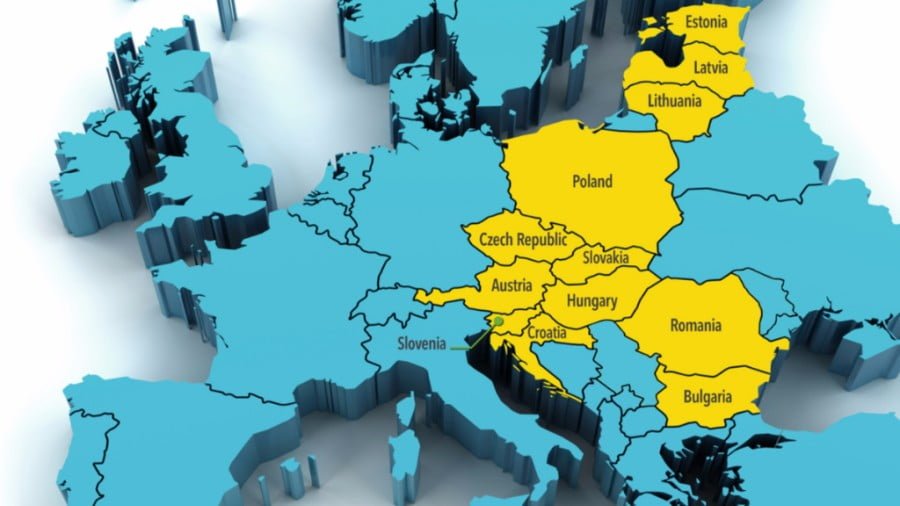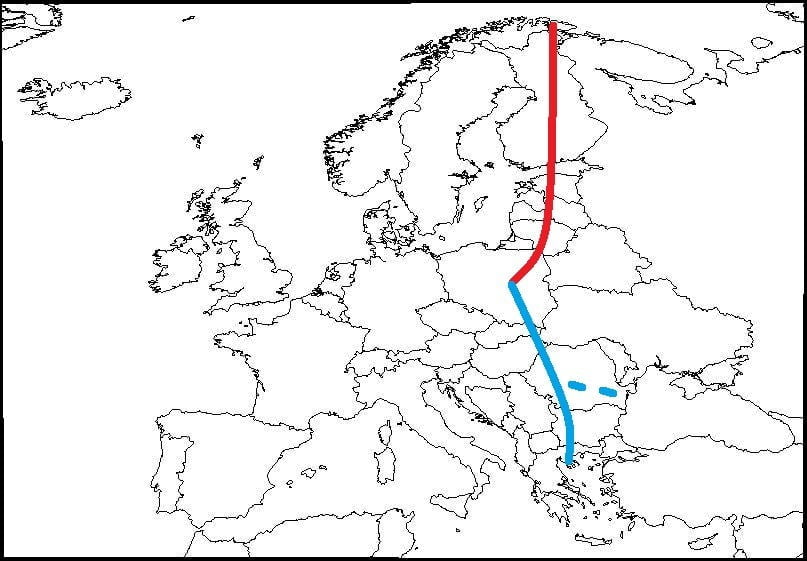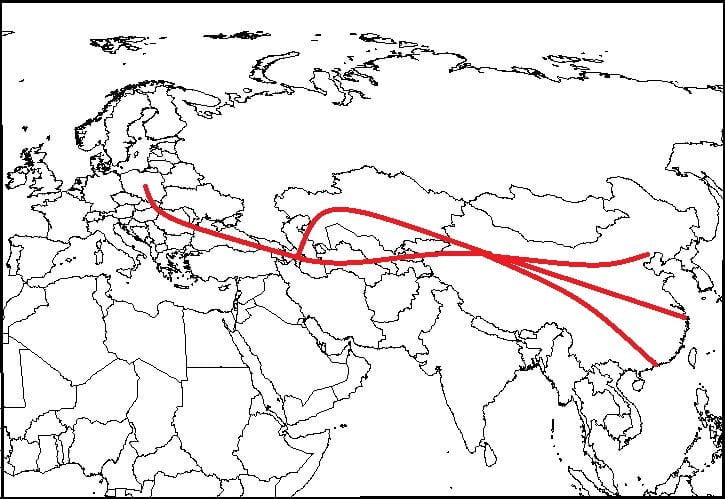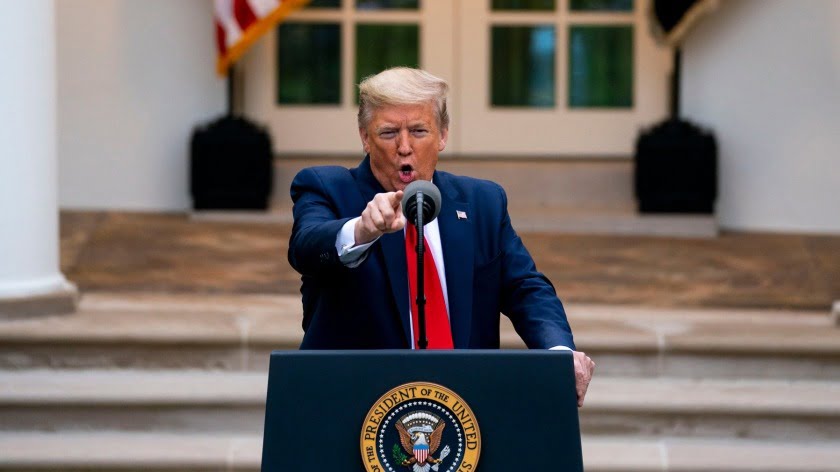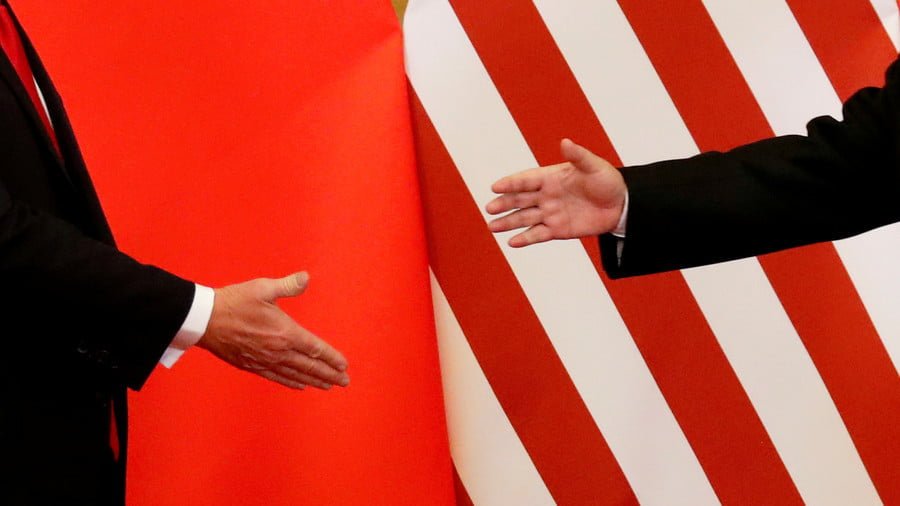The Three Seas’ “via Carpathia” will Complete the Arctic-Mediterranean Corridor
The Polish-led “Three Seas Initiative” aims to streamline a North-South Corridor from Norway to Greece through the creation of the “Via Carpathia” trade route that would prospectively link with the “Baltic Ring” in order to connect the Arctic Ocean with the Mediterranean Sea.
The southeastern Polish village of Jasionka hosted the latest forum on the Polish-led “Three Seas Initiative” (TSI) just a few days ago, and Radio Poland reported that one of the panel discussions focused squarely on the little-known “Via Carpathia” (VC) infrastructure initiative. This project strives to streamline a trade corridor from the Lithuanian Baltic Sea port of Kaunas to the Greek Mediterranean one of Thessaloniki, with the potential for branching out to the Romanian Black Sea port of Constanta as well. In and of itself, the VC would link together the TSI’s three constituent sub-blocs of the Neo-Commonwealth (Poland & Lithuania), the “Greater Hungarian” portion of Austria-Hungary (Hungary & Slovakia), and the Black Sea Bloc (Romania & Bulgaria), thereby representing a new North-South Corridor entirely within the borders of the EU.
So promising is the project’s prospects even in this initial stage that the Belarussian Minister of Transport even expressed his country’s interest in it earlier this week because of the landlocked state’s potential for connecting with this corridor through the A2 highway in Poland that runs up to the Belarussian border and intersects the VC’s route between the cities of Białystok and Lublin. This might be surprising to some who had hitherto considered the former Soviet Republic to be an iron-clad Russian “ally” that would stand in solidarity with its “big brother” by refusing to cooperate with the same bloc that followed American orders to sanction Moscow, but the reality is that Belarus has been trying to “balance” between East and West for the past few years already and therefore naturally sees the VC as an irresistible opportunity for flexing its strategic independence from Russia.
In addition, the VC shouldn’t be considered as a stand-alone project, since it actually forms the southern half of a much larger megaproject that intends to link the Arctic Ocean with the Mediterranean Sea when one factors in the joint Polish-Swedish plans to construct a “Baltic Ring” (BR). The eastern part of this initiative envisions functioning as the northern element of a prospective Norwegian-Greek trade corridor because of its potential to connect Kirkenes with Thessaloniki. Interestingly, the first-mentioned country will soon be hosting at least 700 US Marines in the neighboring Troms county while the second-mentioned port was recently acquired by Germany, thus representing a North-South division of influence between both Great Powers along the Arctic-Mediterranean Corridor (AMC). To help put everything into better perspective for the reader, the below map was custom-made to facilitate a geopolitical understanding of the AMC’s two constituent parts:
Despite Germany’s EU budgetary contributions largely subsidizing much of existing infrastructure in the “Black Sea Bloc” that makes the AMC possible and also controlling the terminal port of Thessaloniki, it can’t be taken for granted that this will automatically translate into Berlin’s control of the TSI as a whole. Poland has become fiercely independent over the past couple of years and is ideologically opposed to German hegemony in the Central & Eastern European transregional space, so it’s unlikely that Warsaw will accept Berlin leveraging its ownership of Thessaloniki in any way that endangers the TSI’s sovereignty as a rising EU sub-bloc. In the off-chance that Germany moves in this direction, which would be detrimental to its own long-term interests, Poland could just reroute to Romania’s Constanta port instead or focus more attention on China’s Balkan Silk Road through the Beijing-controlled Greek port of Piraeus.
Both Constanta and Piraeus could become viable workarounds for Poland and its TSI partners to avoid any German politicization of the Thessaloniki port, but the first-mentioned of the two has an additional strategic value because of its intermodal mid-Eurasian connectivity potential with the Silk Road. To explain, Constanta is located close to the Georgian port of Poti in which China is building a massive industrial zone, and its host country is linked by rail to Azerbaijan, from which goods can be shipped across the Caspian Sea to either Turkmenistan or Kazakhstan before finally arriving in China. Although costing a little bit more than relying on a unimodal maritime route between China and the Balkans (whether ultimately to Piraeus, Thessaloniki, or Constanta) and requiring more complex logistics, this mid-Eurasian multimodal Silk Road cuts Russia and Germany completely out of the equation in TSI-Chinese trade and might even be faster:
From Poland to China, the corridor’s key transit hubs are:
* Warsaw
* Constanta
* Poti
* Baku
* Aktau/Turkmenbashi
* Urumqi
* Beijing/Shanghai/Shenzhen
It shouldn’t be forgotten that the Mid-Eurasian Silk Road (MESR) isn’t possible without the VC, which also forms the crucial southern component of the AMC, therefore making it doubly strategic despite first impressions probably writing it off as a series of local infrastructure projects. To the contrary, the VC is indispensable to realizing two separate but interconnected megaprojects that aim to connect the TSI with China while circumventing Russia, the Mideast, and Germany. It’ll probably still take some time before this trailblazing initiative is completed, but the driving concept behind it opens up new horizons of strategic thought that could influence the forthcoming policies of each of the involved countries. Whether through the AMC or the more ambitious MESR, VC’s purpose in the larger geopolitical perspective is that it strengthens the TSI’s intra-bloc cooperation between its members and facilitates their participation in the Silk Road.

